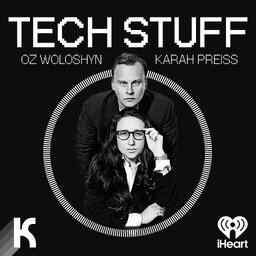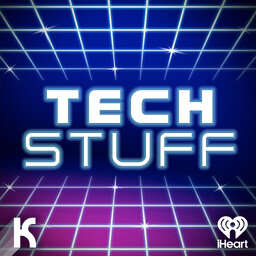The Story of Oracle: Part One
Oracle co-founder Larry Ellison has earned himself a flamboyant reputation among the tech elite. How did a self-taught programmer help start the second-biggest software company in the world?
Learn more about your ad-choices at https://www.iheartpodcastnetwork.com
 TechStuff
TechStuff


